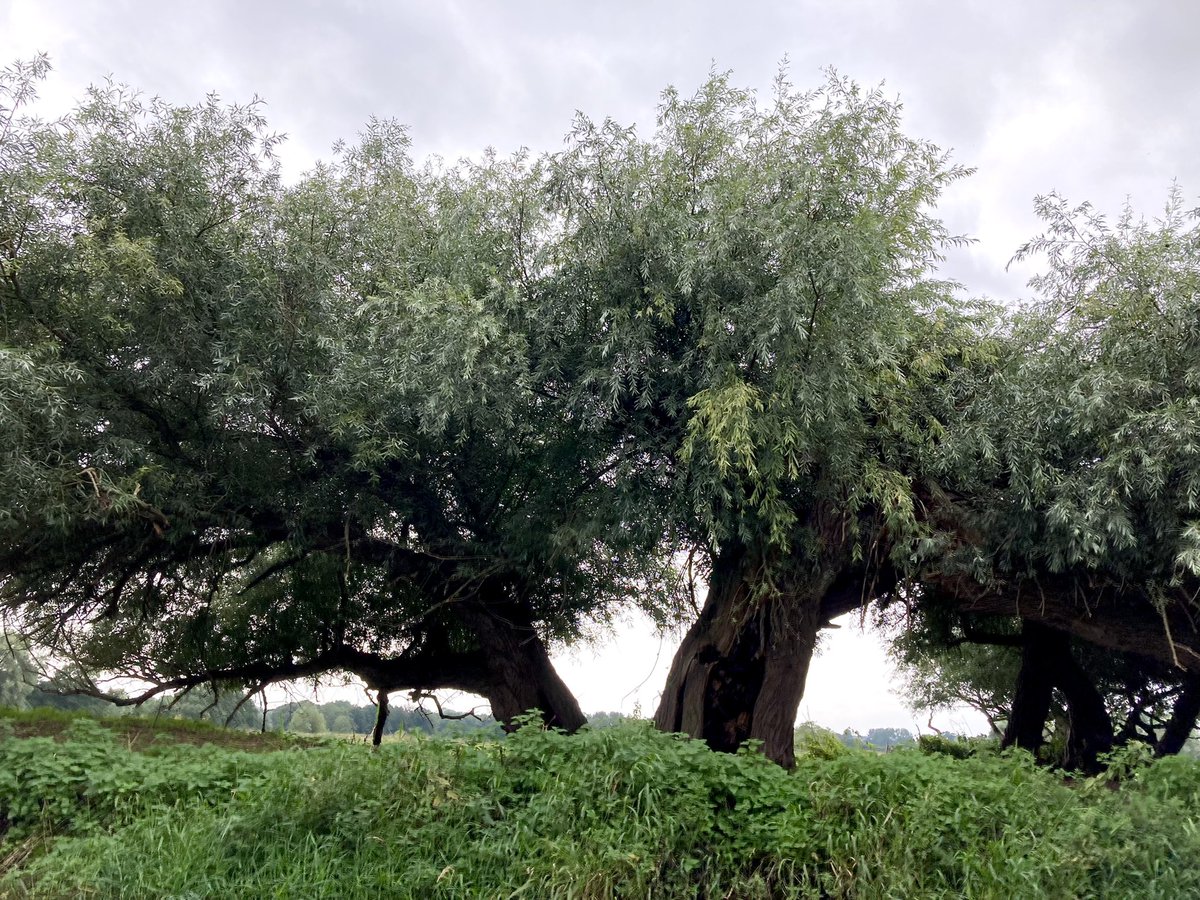A few #RomanoBritish (and even an Iron Age) ‘crowns’ have been found in excavations ... /1
https://twitter.com/DLVLK/status/1215257246487187457
5 #RomanoBritish ‘priestly diadems’ & a ‘crown’ were found at Hockwold, Norfolk, & poss. the building w/in a #temple enclosure where the sacred objects were stored - built c200AD & used until the late 4thC, maybe for the Eastern cult of Attis & Cybele.. research.britishmuseum.org/research/colle… /2 

The @britishmuseum says 1 was a ‘diadem of sheet bronze with (an) adjustable head-band’ decorated with 3 silver plaques (tho their note also suggests the middle & RH plaques have bn lost since the photo was taken 😮) research.britishmuseum.org/research/colle… 

And here’s another of the Hockwold ‘crowns’ research.britishmuseum.org/research/colle… /4 

But wait! There were pre-Roman crowns too, like this copper-alloy Iron Age example, found *in situ* on the person’s skull in a burial of c250-150BC at Mill Hill near Deal in Kent. research.britishmuseum.org/research/colle… /5 

In the foreground, earthworks of the #RomanoBritish fields, lanes & paddocks at Hockwold, Norfolk., where the crowns were found; & beyond, the more-defined earthworks of the shrunken medieval village, occupied a millennium later. More abt the crowns at eaareports.org.uk/publication/re… END 

• • •
Missing some Tweet in this thread? You can try to
force a refresh














